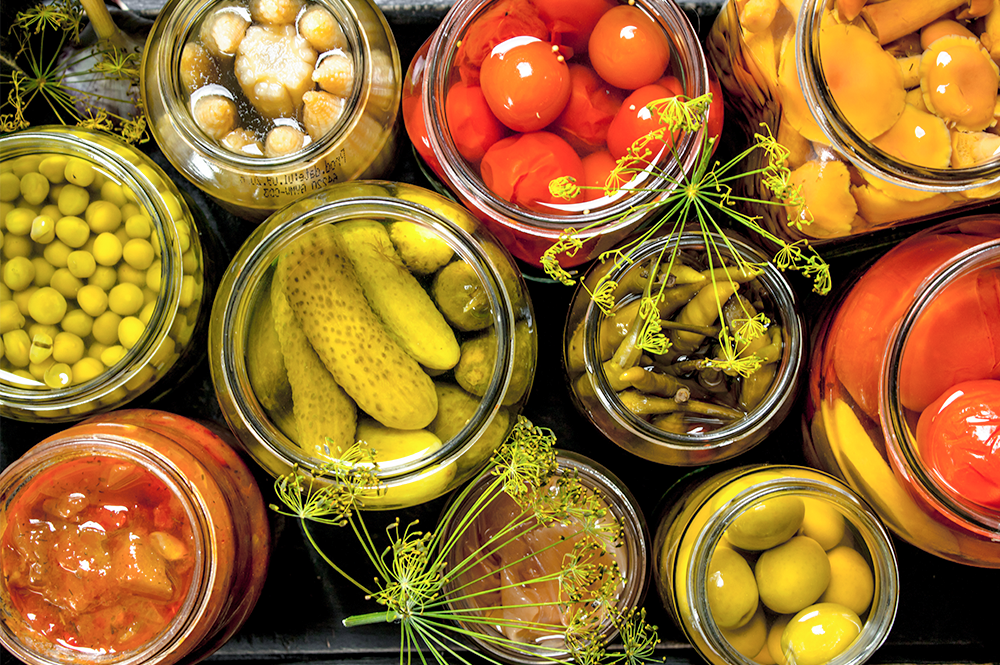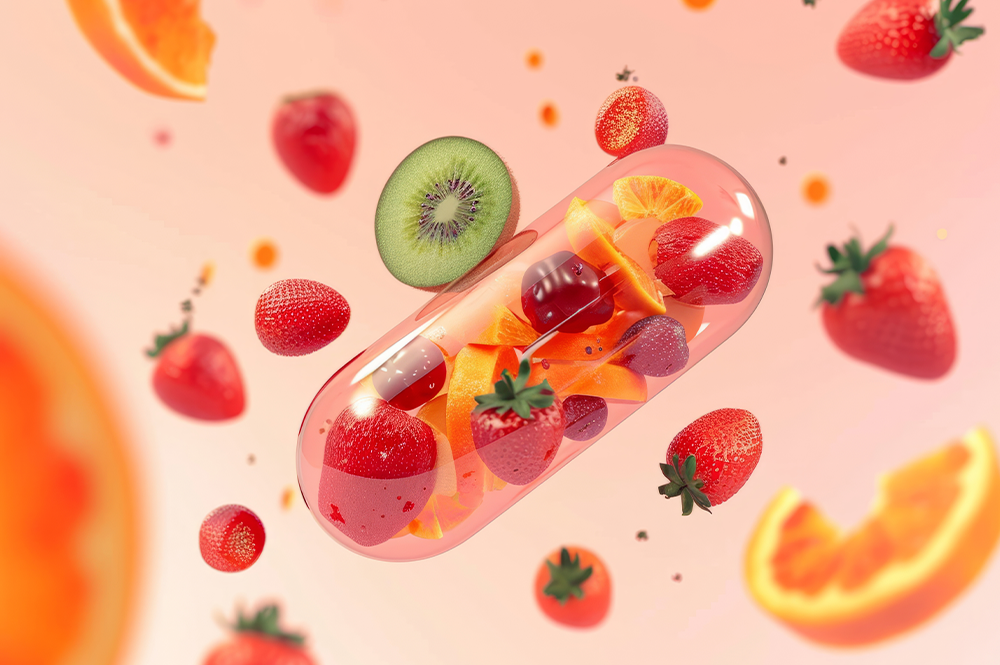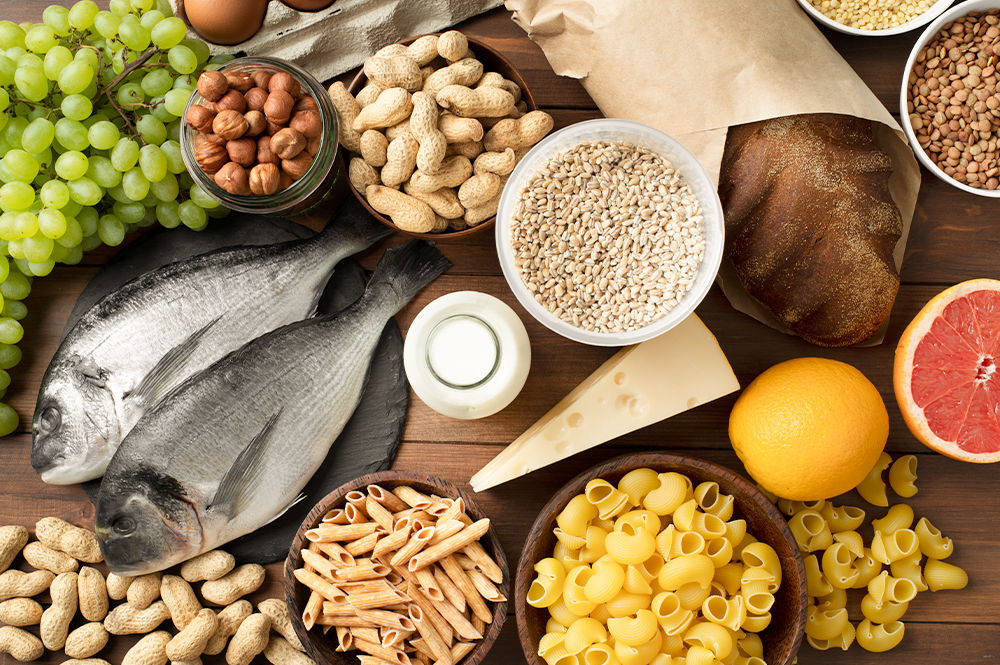Food isn’t just sustenance. It shapes bonds and is a cultural event—whether you’re tasting a family barbecue in the backyard or enjoying dinner at a cosy restaurant. And the common denominator among these experiences? The answer lies in the ingredients that go into the food, from source to plate—a synergy of several things that make your food delicious, safe, and memorable.
What Is a Food Ingredient?
A food ingredient is what makes every bite special. Whether enhancing taste, adding vibrant colour, improving texture, or extending freshness, ingredients transform simple food into something extraordinary. Food ingredients can be obtained in several ways: Sometimes, they’re found in plants; sometimes, people whisk them up in labs.
Importance of Food Ingredients in the Industry

The short answer: Yes. A resounding yes.
Roles and Functions of Food Ingredients
The importance of food ingredients is covered primarily by the following food ingredient applications:
1. Flavour enhancement

Source: Kerry
2. Preservation
3. Nutritional improvement
4. Texture modification

Source: Kerry
5. Colour enhancement
Types of Food Ingredients
1. Flavouring agents
2. Preservatives
3. Sweeteners
4. Colourants
5. Emulsifiers
6. Stabilisers and thickeners
7. Nutritional additives
8. Leavening Agents
Food Ingredients and Consumer Health
As impossible as it is to think of food without food ingredients, there have always been concerns over the safety of some artificial additives. While some colours like Red 3 and Yellow 6 are suspected of contamination, hypersensitivity reactions, and cancer in lab animals, a few flavours (benzophenone, myrcene, pyridine, and styrene, among others) have had their safety status changed. Artificial food sweeteners like aspartame are also battling accusations of possible cancer risks.
The bad press has seemingly broken consumer trust in a particular segment of additives. People agree that synthetic colours can lead to health issues when consumed regularly. But it’s not the end of the world—advancements are helping manufacturers get their hands on safe, reliable natural ingredients and provide consumers with high-quality food products that can be enjoyed without worry. Innovation is giving rise to natural colours with high solubility and stability, perfect for snacks, baked goods, dairy, beverages, meat processing, and more! Moreover, technologies such as the spinning cone column and CO2 extraction deliver all-natural and clean-label solutions to flavour products and reach consumers seeking a difference.

Source: Kerry
Conclusion
The importance of food ingredients goes beyond just what ends up on our plates. Food’s cultural significance in shaping our day-to-day lives wouldn’t be possible without them. With advancements in technology, we can look forward to innovative and enhanced products that enrich people’s experiences, bringing them closer and catering to the demand for more exciting food choices. The future of food ingredients will thus guide the food industry forward, highlighting quality, healthy options, and sustainably sourced products.
Food manufacturers should look to trusted food ingredient solution suppliers amidst all these possibilities. Opportunities lie at every corner, ready to be grabbed. Build your products with the right partner and come away with a brand that consumers will love and appreciate!
FAQs

How are food ingredients regulated for safety?
Food regulatory agencies and advisory bodies like the US Food and Drug Administration (FDA) and the European Food Safety Authority (EFSA) either establish standards or issue advice that informs laws and policymaking around food safety. For instance, if a manufacturer wants to list a new additive, they must offer proof to the regulatory body that it’s safe for use. The ingredients are then strictly evaluated and approved after a safe use dose is established. Countries without the ability to develop regulations can follow internationally adopted food standards and guidelines like the Codex Alimentarius and schemes recognised by the Global Food Safety Initiative. Different countries treat food ingredient safety differently, depending on the regional customs and nature of the ingredients. But all standards, by and large, are backed by scientific evidence and aim to prevent foodborne illnesses and protect the supply chain at all points.

How do natural and synthetic food ingredients differ?
Artificial food ingredients are synthesised to replicate the application of their natural counterparts. These are ingredients added to processed foods that are not taken directly from a whole food. Ingredients prepared in a lab can be structurally similar to natural compounds. On the other hand, natural food ingredients are sourced from plant constituents entirely. Sodium ascorbate, for instance, is produced artificially to be used as an antioxidant in place of vitamin C obtained from oranges and lemons.

How are food ingredients classified?
Most common food ingredients are classified as flavours, colour additives, preservatives, sweeteners, emulsifiers, stabilisers and thickeners, nutritional additives, antioxidants, and humectants. Some ingredients might have more than one purpose.

Are artificial food ingredients safe for consumption?
Artificial food ingredients pass strict tests and are generally safe. But their safety status has come under repeated scrutiny, especially flavours and colours linked to contamination and cancer in lab animals. There have been disputes between regulatory bodies and consumer advocacy groups over the apparent safety of certain artificial ingredients (benzophenone, myrcene, Red 3, Yellow 6, etc.), and various studies have been conducted to ascertain their safety in food applications. While approved artificial ingredients pose no threat at recommended levels, doubts remain among consumers over their use.




